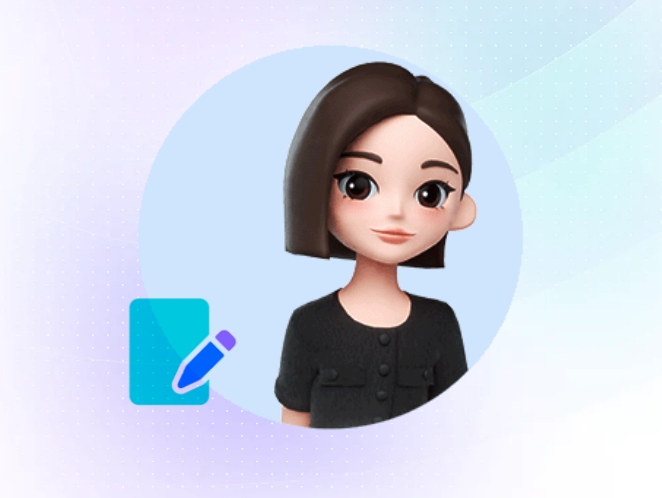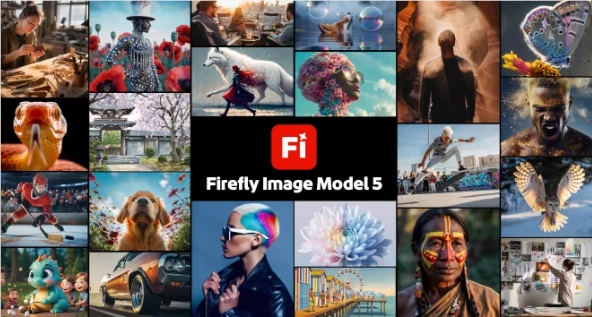Adobe, a major player in creative software, launched its new Adobe AI Foundry service on Monday, allowing enterprises and companies to collaborate in building customized generative AI models trained on their own brands and intellectual property. This service marks Adobe's expansion from a general AI tool provider to a provider of enterprise-level custom AI solutions.
The customized models of AI Foundry are built upon Adobe's Firefly series of AI models, which can generate text, images, videos, and 3D scenes. The Firefly models were introduced in 2023 and were entirely trained using licensed data. The Foundry service further fine-tunes the model using the client's intellectual property, making it suitable for specific brand styles and needs.
Differing from many of Adobe's seat-based products, the Foundry service uses a usage-based pricing model. This pricing structure is more suitable for actual use scenarios in enterprise AI applications, as companies only pay for the content they actually generate.

Hannah Elsakr, Vice President of Adobe's new generative AI business, stated that the Foundry service is a natural extension of Adobe's enterprise AI products, responding to customers' increasing demand for customization. She pointed out, "This enhances many of our existing capabilities. Enterprise clients have asked us to come in and provide advice, help, and collaboration, becoming their preferred creative marketing AI partner."
Since the release of the Firefly models in 2023, enterprise customers have used these models to create over 25 billion assets. This data shows strong demand for AI-generated tools among enterprises.
From an application perspective, the customized models will help brands maintain consistency in their advertising campaigns. Customers can create one advertising campaign for a product and then use the customized Adobe model to generate similar ads adapted for different seasons, languages, or formats. Elsakr said, "This is highly personalized. We have been talking about personalized commerce for a long time, but generative AI and Firefly make it possible to deliver the brand to consumers in a way that aligns with the brand image."
Although the new tool is powerful, Elsakr emphasized that Adobe does not aim to replace human creative workers, but rather to provide them with better creative tools. "Our stance is that humanity is the core of creativity, and this cannot be replaced," she said. "For decades, we have been providing creative tools to enhance storytelling abilities, the ability to envision and execute creative visions. Firefly and Foundry are just the next generation of tools in your toolkit, enhancing your storytelling abilities."
Strategically, AI Foundry represents Adobe's differentiated positioning in the generative AI market. Unlike general AI tools such as OpenAI and Midjourney, Adobe leverages its deep expertise in the creative industry and its base of enterprise customers to offer customized solutions deeply integrated with brand assets. This positioning not only capitalizes on Adobe's strengths in creative software but also avoids direct competition with general AI tools.
The fact that Firefly models are entirely trained on licensed data is a significant competitive advantage for Adobe. In an era where concerns over AI training data copyrights are growing, models trained on compliant data can provide legal protection for enterprise clients, avoiding potential infringement risks. This is particularly important for large enterprises that are sensitive to brand image.
From a business model perspective, the custom AI model service opens up a new revenue stream for Adobe. Traditional software subscription models face market saturation, while usage-based AI services can scale with customer business growth, offering higher potential for revenue growth. The generation of 25 billion assets indicates strong market demand, supporting the viability of this business model.
However, the custom AI model service also faces challenges. First, there is the technical barrier—how to ensure brand consistency while providing sufficient creative diversity requires careful model tuning. Second, the cost structure—maintaining separate custom models for each enterprise client may bring high operational costs. Additionally, as open-source AI models improve in capability, enterprises may choose to build their own AI tools, posing a potential threat to Adobe's service model.
Elsakr's emphasis on "humanity is the core of creativity" serves both as reassurance to creative workers and reflects Adobe's product philosophy—positioning AI as an auxiliary tool rather than a replacement. This positioning helps reduce resistance from the creative industry toward AI, but in the long term, the continuous advancement of AI capabilities may redefine the boundaries between "assisting" and "replacing."
From an industry impact perspective, Adobe's Foundry service may drive the enterprise generative AI market towards customization. As more enterprises recognize the importance of brand consistency and copyright compliance, custom models trained on their own assets may become the mainstream demand. This creates opportunities for service providers with extensive customer brand assets and industry expertise, and may also foster a specialized ecosystem for enterprise AI customization.






